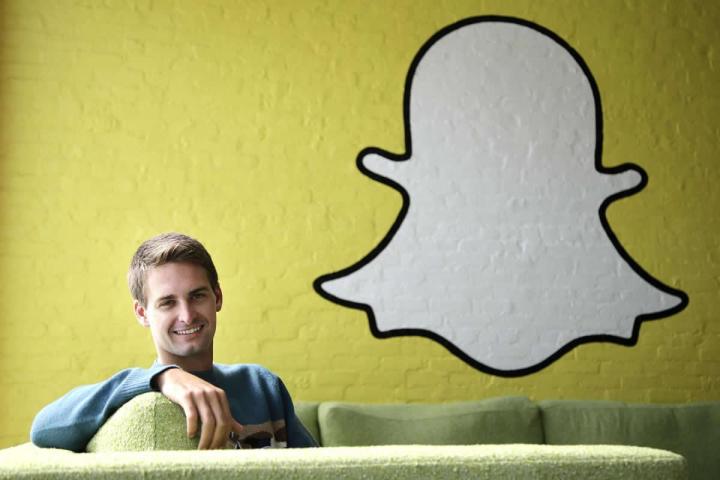
Just over five years since its launch, the Snapchat app reached 158 million global daily active users as of December 31, 2016, a year-over-year growth of 48 percent. The majority of that figure is made up of North American users, which totaled 68 million in its fourth quarter 2016, an increase of 40 percent over the previous year. Europe is Snapchat’s second biggest region with 52 million users, and in the rest of the world the app has amassed 39 million users — although that figure was stagnant in its most recent quarter.
Snap has refrained from providing monthly active users (MAUs) in its filing. This could be because it does not want to attract unfavorable comparisons with bigger rivals Facebook (1.86 billion MAUs) and Instagram (600 million MAUs).

On average, Snapchatters share more than 2.5 billion snaps per day and visit the app around 18 times daily, spending 25 to 30 minutes on the app. In comparison, Facebook announced in April that users spend over 50 minutes across its suite of apps (including its flagship social network, Messenger, and Instagram — but not WhatsApp), which have an accumulative user base of almost 3.5 billion members. One thing is clear: Snapchat boasts an engaged fan base.
In terms of total revenue, Snap Inc. lists $404.5 million in 2016, up by over 600 percent from $58 million a year earlier. The company earned a net loss of $514.6 million last year.
“We have incurred operating losses in the past, expect to incur operating losses in the future, and may never achieve or maintain profitability,” it said in the filing.
The worrying revelation has already seen analysts compare the company to another platform that struggled to build upon the hype generated by its IPO, namely Twitter. “To me, Snap is Twitter 2.0 — a company with a good growth rate that is losing a ton of cash, coupled with a massive valuation,” Brian Hamilton, co-founder of private company analysis firm Sageworks, told CNN.
The vast majority of Snap’s revenue ($400 million) came from advertising, including its skippable, full-screen Snap ads and sponsored creative tools (sponsored lenses and geofilters).
Further breaking down its revenue, Snapchat earns on average a dollar from each of its 158 million global users. In its fourth quarter, Snapchat earned an average revenue of $2.15 per North American user — comparatively, its earnings from European users ($0.28) and the rest of the world ($0.15) during the same period didn’t even come close.
As its filing proves, the previous year was a huge period in Snap’s growth. In terms of product innovation it released over a dozen updates to its Snapchat app, including group chat, voice and video calling, Bitmoji, and Memories, among others.

In September, Snap unveiled its first-ever hardware device in the form of its snap-recording sunglasses: Spectacles. At the same time, it began branding itself as a “camera company” focused on “reinventing the camera.”
Snap also aggressively expanded its workforce in 2016, opening new offices in London, Los Angeles, and China (despite being banned in the country). By the end of 2016, Snap employed 1,859 staff members.
Snap is still expected to go public in March, with a valuation estimated between $25-$30 billion, making it the highest U.S. tech IPO since Chinese e-commerce giant Alibaba Group Holding Ltd. debuted at $168 billion in 2014.
The company, co-founded in 2011 by Evan Spiegel, Bobby Murphy and Reggie Brown, hopes to raise $3 billion from the nonvoting shares it is offering as part of its IPO. It fittingly chose “SNAP” as its NYSE ticker symbol.


